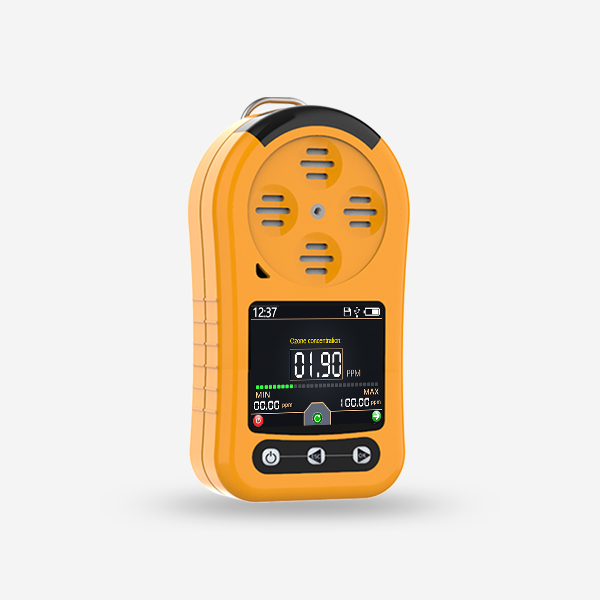The chlorine gas detector, also known as the Cl2 gas meter, is a detection device used to detect and monitor the concentration of chlorine in the air. These gas meters are used to alert personnel to dangerous chlorine exposure. Chlorine is used as a disinfectant in homes, swimming pools and industrial environments. It is also a common oxidant in water treatment facilities, swimming pools, bleaching processes, and industrial chemical workflows.

Pros
Small and low cost Cl2 gas detectors can help to alarm of a dangerous toxic situation.
Chlorine can off-gas when in water, so gas detectors are required.
What Is Chlorine Gas?
Chlorine has the chemical symbol Cl2.
This gas is slightly yellow or green with an irritating smell. Cl2 is a very useful but dangerous gas. Due to is many positive uses in various industries, it requires monitoring to protect humans from inhalation.
What Is a Chlorine Gas Detector?
A chlorine gas detector is an instrument used to detect the concentration of Cl2 in the air or in a toxic environment. These devices have a long-life battery lasting over 24 hours on one charge, large screen that displays the chlorine gas concentration in ppm, and a belt clip to connect to clothing or a bag. In order to protect users, these gas detectors also have LED, vibration, and buzzer alarms to warn in dangerous situations.
Chlorine gas detectors are also known as Cl2 monitors, chlorine meters, chlorine analyzers, and Cl2 gas detectors. These names all refer to the same device, a Chlorine gas meter.
What Does a Chlorine Meter Detect?
A chlorine gas detector senses chlorine (Cl2) gas and displays the levels in parts per million (ppm). The harmful effects of Cl2 on human health and the environment warrant the use of chlorine detectors to prevent high levels of exposure.
Does Chlorine out-gas and off-gas?
Yes it does.
Chlorine evaporates from the water, which is called out-gassing or off-gassing. Chlorine is a gas but can be placed in water as a “volatile solute” meaning the molecules can diffuse in the water. They will escape into the atmosphere over time, outgassing or off-gassing.
The rate of outgassing depends on variables such as temperature, water agitation and atmospheric humidity. Increasing temperature and agitation increases outgassing.
Another factor is surface area. The more surface area to the atmosphere (i.e. shallow water) the faster the outgassing.
What Should I Do If I’ve Been Exposed to Chlorine Gas?
If you suspect that you have been exposed to chlorine gas, it is important to evacuate to an outdoor environment with no traces of Cl2 exposure. Wash the affected areas to stop eyes and skin from burning. Medical professionals can help manage symptoms such as wheezing.
Preventing exposure is important for safety and can be achieved with an Cl2 gas detector.